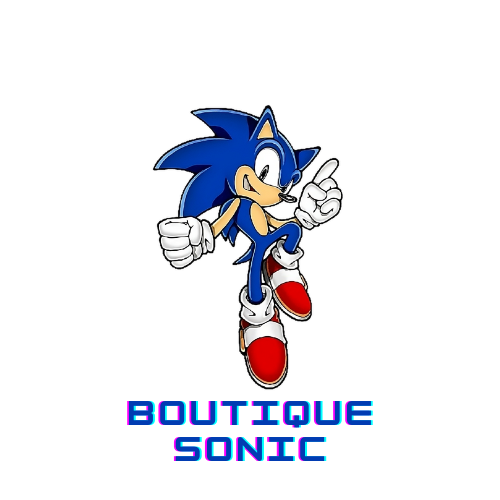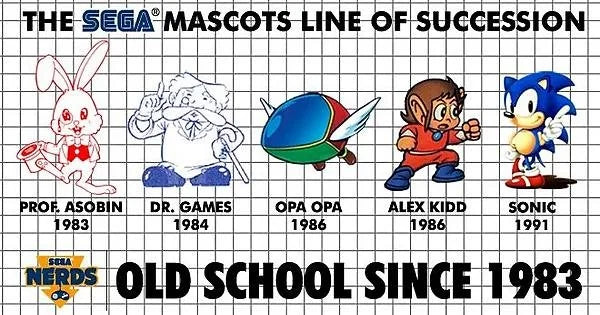
The different SEGA mascots before Sonic: why him?
Share
1144 mots | Temps de lecture : 5 minute(s)
Before Sonic , SEGA tested several mascots without success: Alex Kidd , Opa-Opa , Flicky … Discover why Sonic has established himself as the eternal face of SEGA.
Summary
- 1. SEGA before the mascot era: the arcade years
- 2. Alex Kidd: The first real attempt
- 3. Opa-Opa and the Fantasy Zone series
- 4. Forgotten mascots and fleeting attempts
- 5. Why Sonic? The advent of a perfect mascot
- 6. Sonic's cultural impact
- 7. What the history of SEGA mascots teaches us
- 8. Summary table of mascots before Sonic
- 9. FAQ
SEGA before the mascot era: the arcade years
When we think of SEGA today, the image of the ultra-fast blue hedgehog immediately comes to mind. However, before Sonic became the undisputed emblem of the Japanese company, SEGA experimented with several iconic characters to represent its brand.
Founded in 1960 under the name Service Games , SEGA first established itself as a major player in the arcade industry . At that time, the idea of a mascot was not a priority: the arcade machines were enough in themselves to identify the brand.
It was the arrival of Nintendo and Mario on the home console market – especially after the success of the NES in 1985 – that really pushed SEGA to consider a strong mascot. The rivalry then became a war of brand identity .
Alex Kidd: The First Real Attempt
In 1986 , SEGA released Alex Kidd in Miracle World on the Master System . This young hero with big ears inspired by Dragon Ball became SEGA's first official mascot.
- Gameplay combining platforming, combat and puzzles
- Colorful graphics and varied universe
- Originality of rock-paper-scissors as a central mechanic
Despite several sequels ( Alex Kidd in the Enchanted Castle on Mega Drive ), Alex Kidd never achieved the popularity of Mario: too much change in design and inconsistency between episodes blurred his image.
Opa-Opa and the Fantasy Zone series: charm without power
With Fantasy Zone ( 1986 ), SEGA offers another figure: Opa-Opa , a small, living and cute ship. This cute'em up contrasted with the dominant military shooters like Gradius .
While Opa-Opa has made his mark in arcades, his status as a mascot has remained limited due to:
- of the niche shoot'em up genre ,
- of an underdeveloped personality ,
- from a universe rarely explored outside of arcades.
Forgotten mascots and fleeting attempts
- Flicky ( 1984 ): a small blue bird who stars in a simple arcade game; he reappears in Sonic 3D Blast , but remains secondary.
- Teddy Boy ( 1985 ): hero of a game linked to a Japanese song, too anecdotal to break through outside Japan.
- Wonder Boy ( 1986 ): Very popular, but the license is owned by Westone , limiting its marketing use by SEGA.
Why Sonic? The advent of a perfect mascot
In 1990 , SEGA launched Project Needlemouse : an internal competition to create a mascot capable of rivaling Mario. The result was a super-fast blue hedgehog: Sonic the Hedgehog , whose first game was released in June 1991 on Mega Drive / Genesis .
1. Speed-oriented gameplay
Sonic takes advantage of the Mega Drive's smooth scrolling : the player feels an unprecedented speed and sees the console's technical superiority.
2. An instantly recognizable design
- Blue like the SEGA logo
- Red shoes inspired by Michael Jackson and Santa Claus
- Confident look, rebellious attitude
3. A “cool” attitude to attract young people
Sonic embodies the teenage culture of the nineties : rebellious, energetic, the opposite of Mario's good-natured tone.
4. A technical demonstration
Rotation effects and multiple scrolling make Sonic a technological showcase for SEGA.
5. An aggressive marketing strategy
The " Sega does what Nintendon't " campaign establishes Sonic as a cool alternative to Nintendo.
Sonic's Cultural Impact
- Over 15 million copies sold (with bundles)
- Two animated series in the 90s
- Hundreds of derivative products
- A hit film in 2020 and its sequel in 2022
Sonic becomes one of the few characters to rival Mario in worldwide fame.
What the History of SEGA Mascots Teaches Us
- Timing matters : Sonic arrived when SEGA needed an icon to challenge Nintendo.
- Strong identity > quantity : Sonic, unlike Alex Kidd, has a clear and consistent personality.
- Technical innovation : Sonic leverages the power of the Mega Drive.
- Massive marketing : The campaign transformed Sonic into a cultural phenomenon.
Summary table of SEGA mascots before Sonic
| Character | First appearance | Highlights | Reasons for failure |
|---|---|---|---|
| Alex Kidd | 1986 – Alex Kidd in Miracle World | Varied gameplay, identifiable hero | Changing design, weak marketing |
| Opa-Opa | 1986 – Fantasy Zone | Cute design, unique gameplay | Niche genre, limited personality |
| Flicky | 1984 – Flicky | Arcade charm, simplicity | Universe too limited |
| Teddy Boy | 1985 – Teddy Boy Blues | Japanese Music License | Limited audience, few extensions |
| Wonder Boy | 1986 – Wonder Boy | High popularity, solid gameplay | Rights at Westone, not exploitable |
FAQ: SEGA mascots before Sonic
-
Who was SEGA's mascot before Sonic?
Mainly Alex Kidd from 1986. -
Why didn't Alex Kidd succeed?
Inconsistent design, limited marketing, and competition from Mario. -
Did SEGA consider other mascots?
Yes: Opa-Opa , Flicky , Teddy Boy , etc. -
Why did Sonic prevail?
Fast gameplay, strong design, aggressive marketing campaign. -
Does Alex Kidd still exist?
Yes! Alex Kidd in Miracle World DX (2021) modernizes the original game.
Tags: SEGA mascots, Sonic the Hedgehog history, Alex Kidd , Opa-Opa , SEGA vs Nintendo, Sonic marketing, Sega Mega Drive
D'autres articles similaires:
-
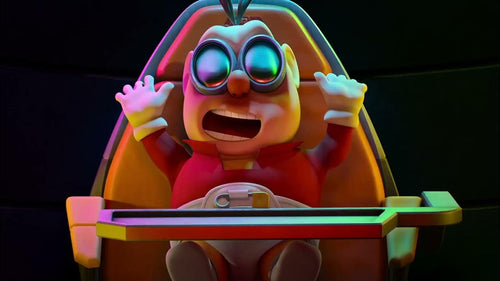
Dr. Babble in Sonic Prime: The youngest brain of the Chaos Council
-
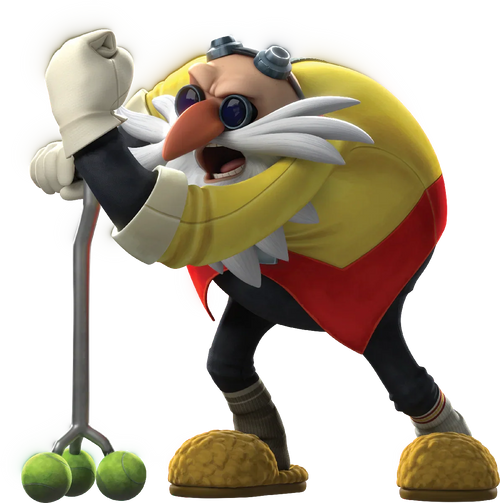
Dr. Done-It: The Genius Emeritus (and Oldest) of the Chaos Council in Sonic Prime
-
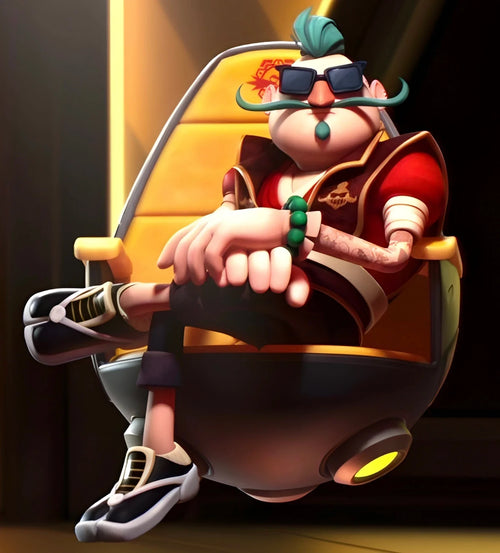
Dr. Deep: The Philosopher Poseur of the Chaos Council in Sonic Prime
-
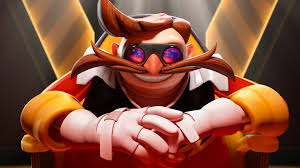
Mr. Dr. Eggman: Sonic Prime's Main Antagonist Decrypted
-
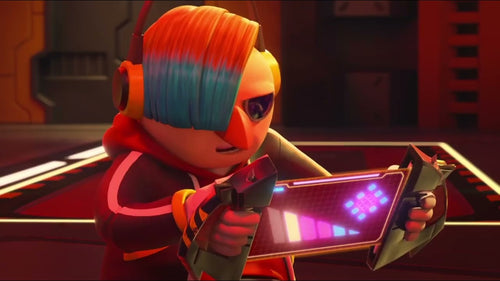
Dr. Don't: Sonic Prime's Teenage Antagonist Who Reinvents the Sonic Universe
-
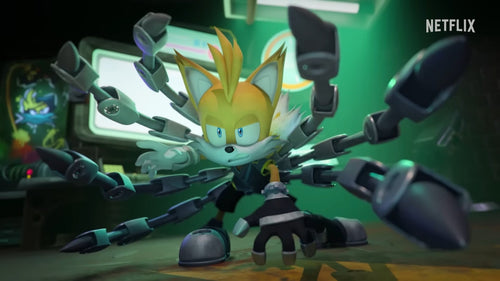
Tails Nine: The Cybernetic Fox Who Revolutionized the Sonic Universe
-
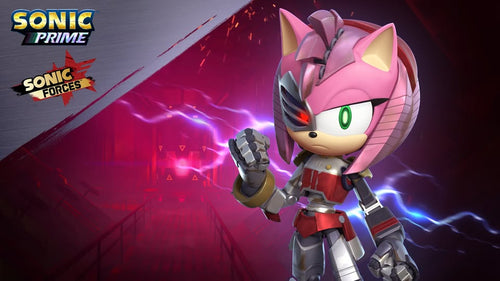
Rusty Rose: The Cybernetic Version of Amy Rose in Sonic Prime
-
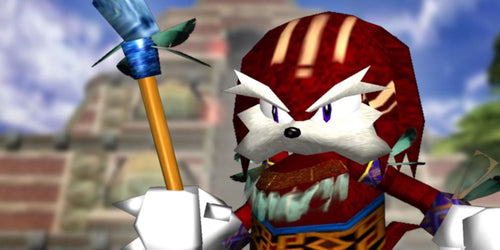
Pachacamac: The Echidna Chief Who Marked the Sonic Saga
-
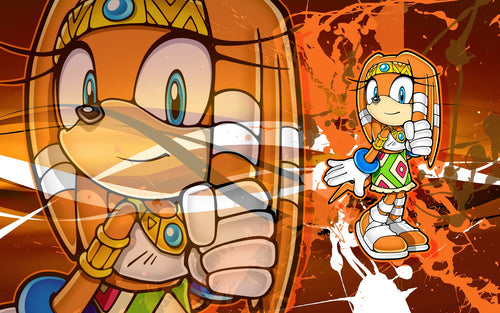
Tikal the Echidna: Complete Guide to Sonic's Mystical Character
-
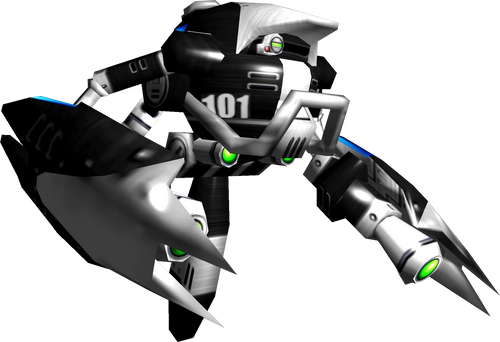
E-101 Beta: The Forgotten Older Brother of the E-100 Series in Sonic Adventure
-
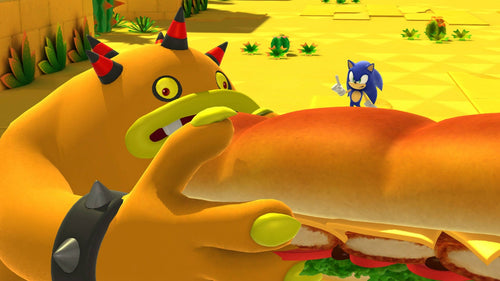
Zomom: Everything you need to know about the greedy giant of the Deadly Six in Sonic
-
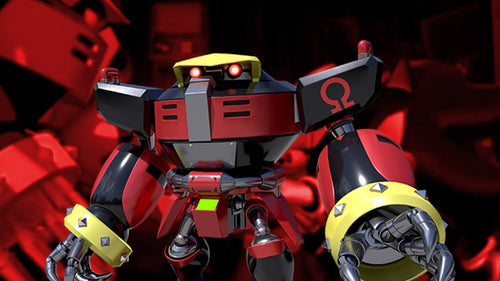
E-123 Omega: The Iconic Destroyer Robot of the Sonic Universe
-
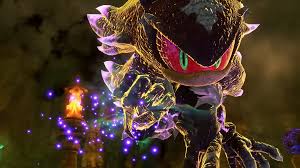
Mephiles The Dark: The Most Terrifying Antagonist in the Sonic Universe
-
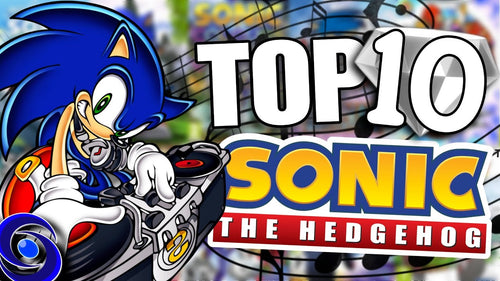
Top 10 Most Iconic Songs from the Sonic Universe: A Musical Odyssey Through 30 Years of Adventure
-
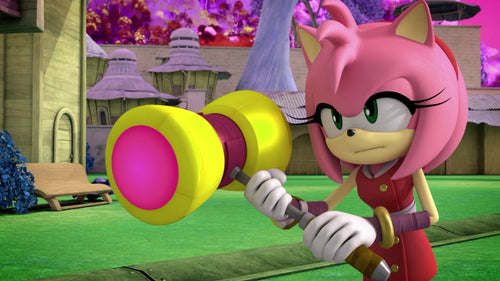
The Piko Piko Hammer: Amy Rose's Iconic Weapon in the Sonic Universe
-
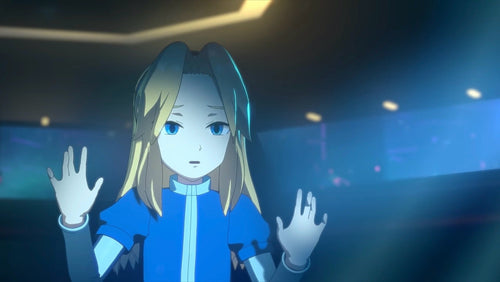
The Mystery of Maria Robotnik's Disappearance: A Tragedy That Shaped the Sonic Universe
-
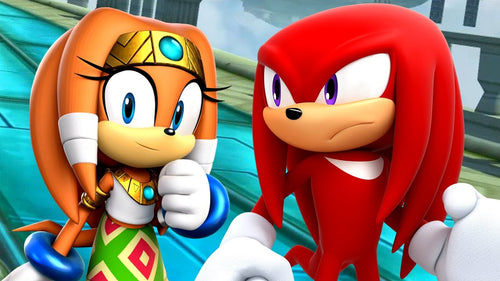
Tikal and Knuckles: Reincarnations or Heirs to a Mystical Lineage?
-
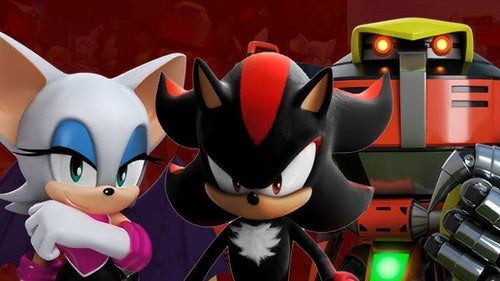
The Complex Relationships Between Shadow, Rouge, and Omega: An In-Depth Analysis of Sonic's Iconic Trio
-
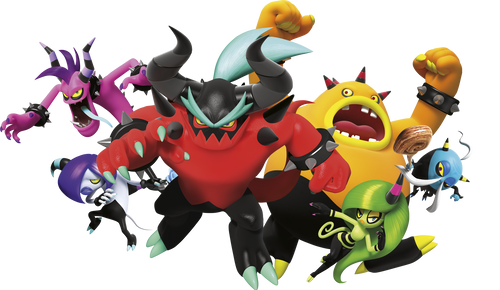
Sonic the Hedgehog: Deadly Six, Team Dark, Egg Bosses, and Their Secret Tactics
-
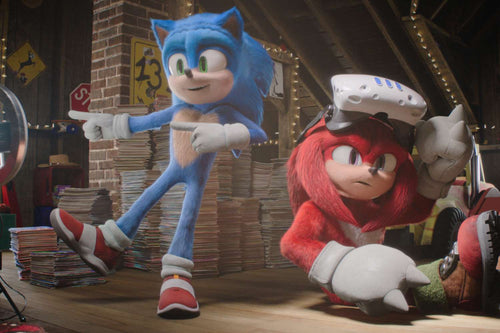
The History of the Sonic + Knuckles Alliance Through the Games: From Rivals to Legendary Partners
-
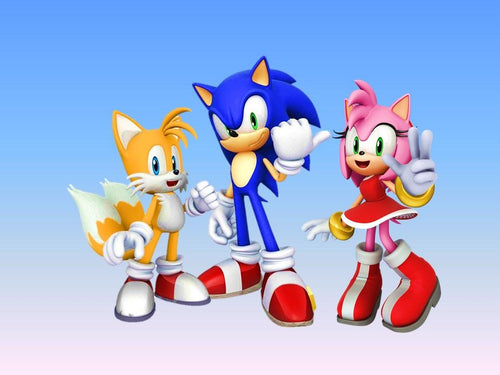
Team Sonic: The Best Trios that Marked the Saga (Heroes, Rivals, Forces, etc.)
-
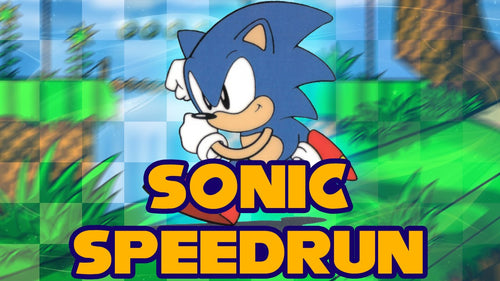
Sonic and Speedrunning: The Most Glitchy Games in the Saga
-
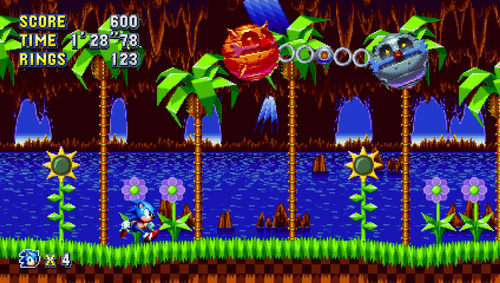
Why Sonic Mania's physics engine is a technical and nostalgic success
-
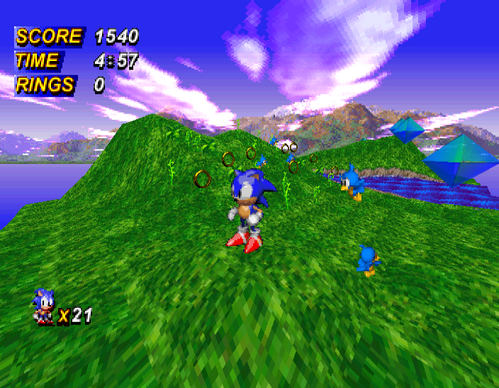
Sonic Extreme: The Unreleased Saturn Game That Could Have Revolutionized the Franchise
-
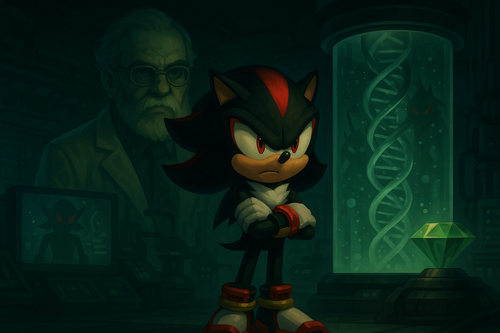
The Ultimate Weapon: Gerald Robotnik, Shadow and the Shadow Project
-
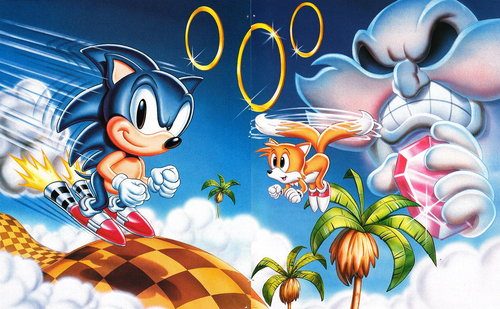
Sonic's Different Parallel Universes: A Journey Through Comics, Games, and Cartoons
-
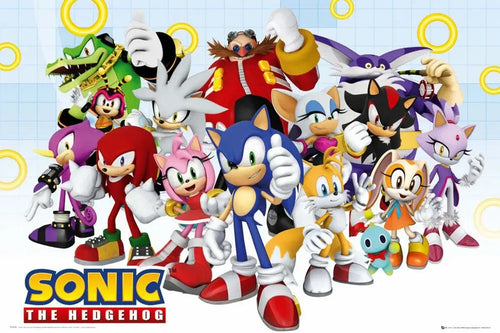
The Forgotten Characters of the Sonic Universe: Between Abandoned Concepts and Missed Opportunities
-
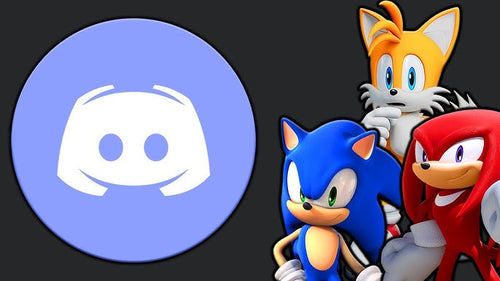
The largest Sonic fan communities: forums, Discord, wikis…
-
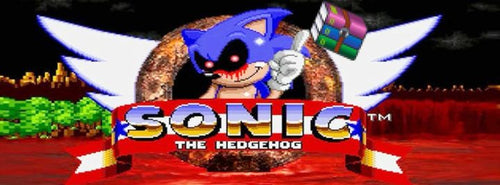
Sonic.EXE: Analysis of the legendary creepypasta
-
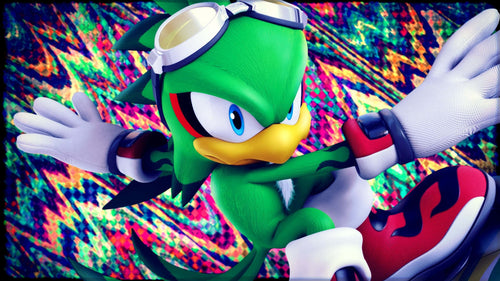
Jet the Hawk: the king of the slide in the Sonic universe
-
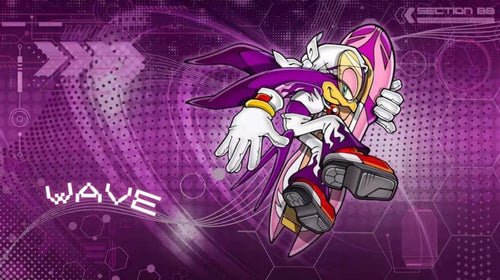
Wave the Swallow: the Babylon Rogues' mechanic in the Sonic universe
-
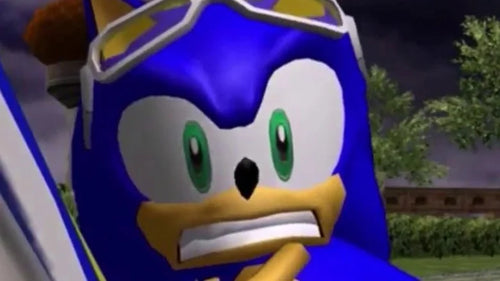
Theories about the real origin of Sonic and his powers
-
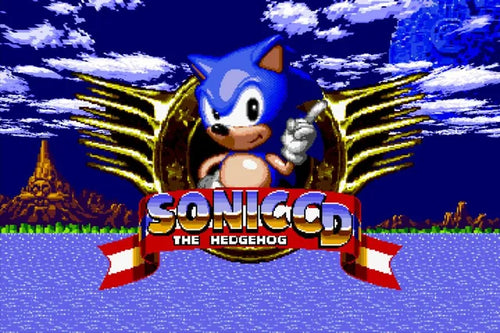
Sonic CD Full Review: Why This Game Is a Cult Game Among Fans
-
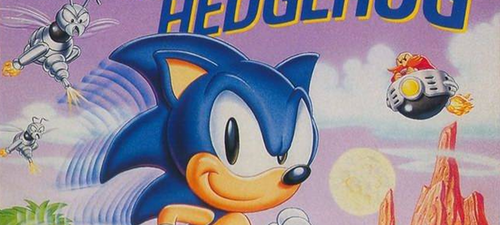
Sonic's appearances in other Sega or Nintendo games
-
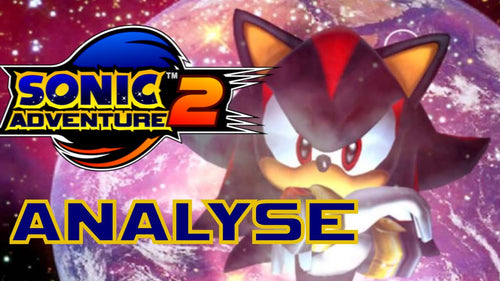
Lore Analysis in Sonic Adventure & Sonic Adventure 2
-
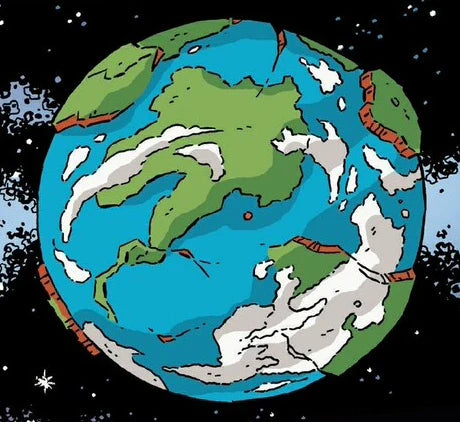
Mobius: The World of Sonic, its zones, cities and mysteries
-
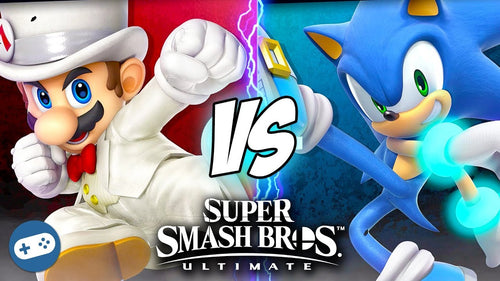
Sonic in Super Smash Bros.: Gameplay, Rivalry with Mario, Influence
-
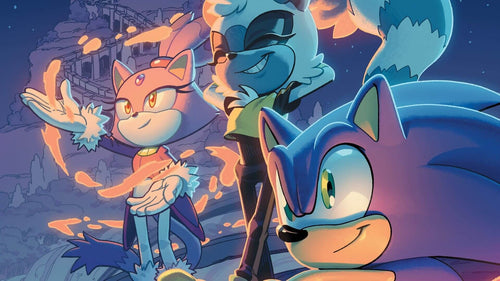
Sonic Comics: Archie, IDW and Their Contributions to the Universe
-
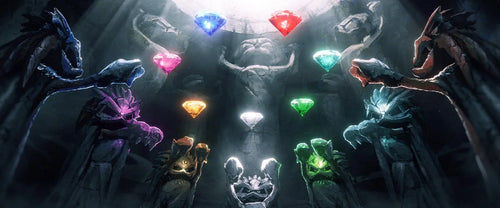
Chaos Emeralds: Origin, Powers and Uses in Games
-
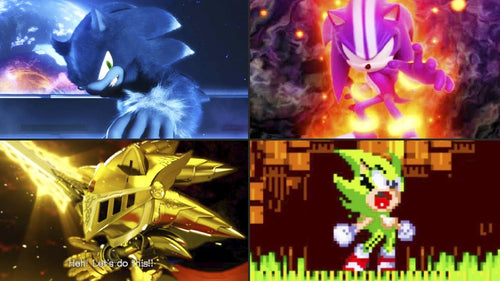
Sonic Transformations: Super Sonic, Dark Sonic, Werehog and more
-
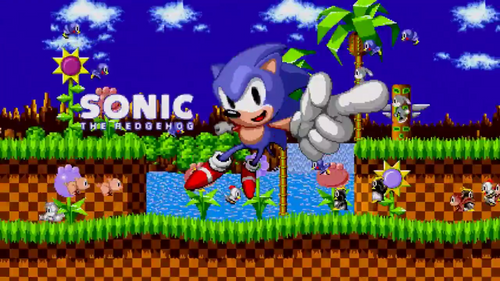
Cancelled or Never Released Sonic Games: What We Know
-
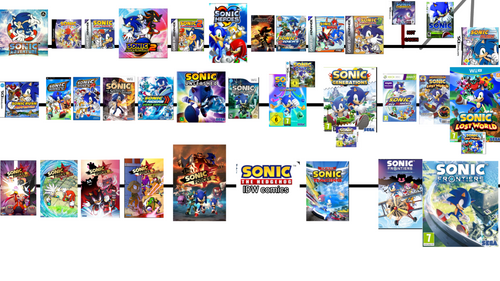
Complete Sonic Games Timeline: 1991 to Present
-
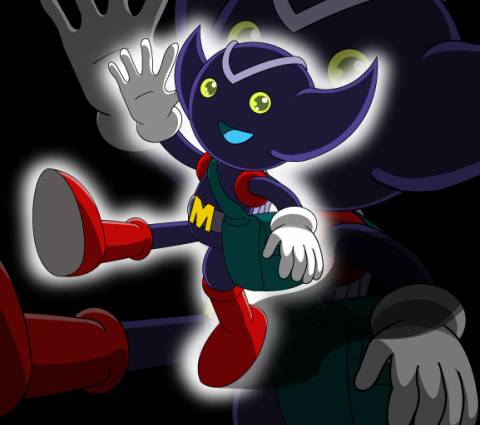
Bokkun: Dr. Eggman's explosive messenger in Sonic X
-
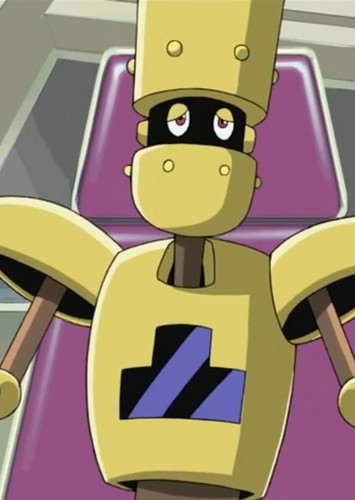
Decoe: Dr. Eggman's loyal (and clumsy) assistant in Sonic X
-
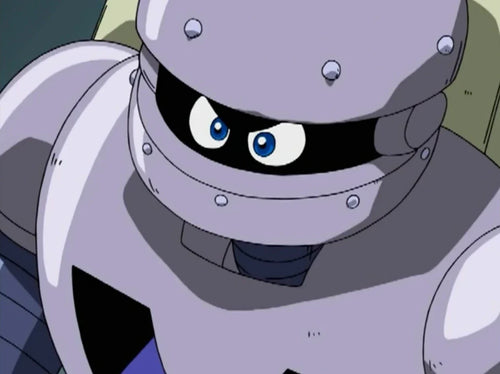
Bocoe: Dr. Eggman's loyal and comical servant in the Sonic universe
-
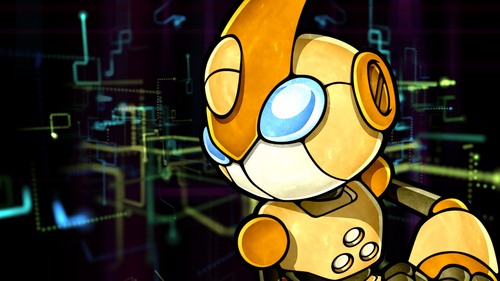
Emerl: The evolving robot with a tragic destiny from the Sonic universe
-
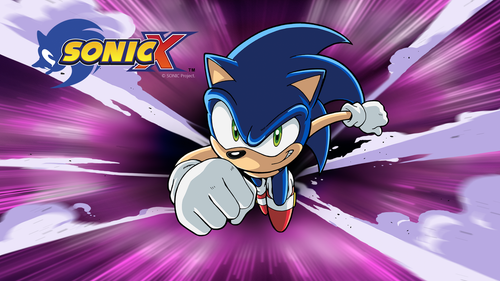
Sonic X: The cult cartoon of the blue hedgehog
-
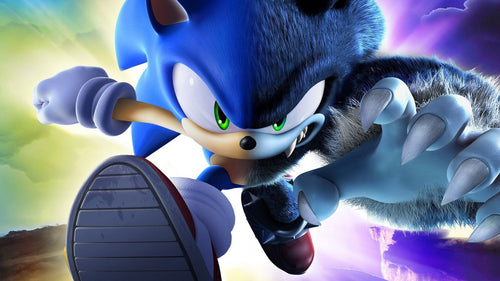
Sonic the Werehog: The bestial face of the blue hedgehog
-
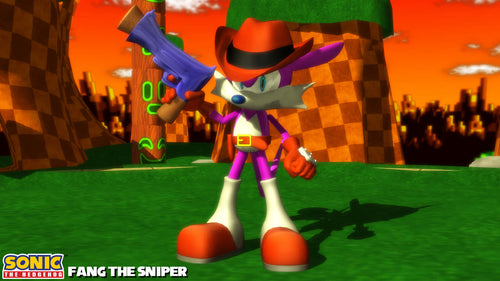
Fang the Hunter: The bounty hunter of the Sonic universe
